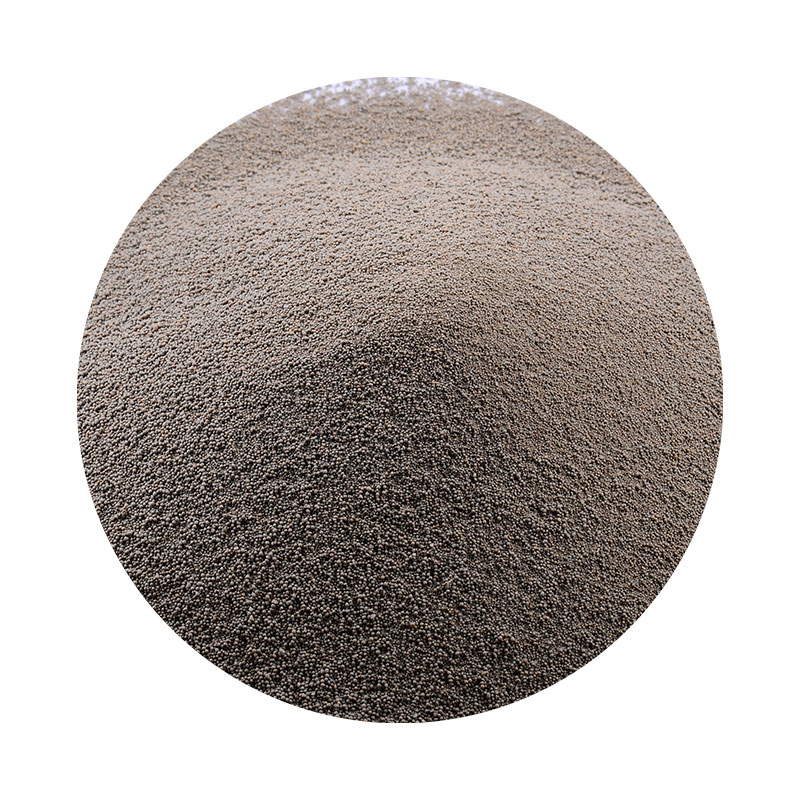

Expert Tools for Effective Sanding The right tools can substantially impact the end result of sanding. Sandpaper of variable grits is fundamental, but for more refined or detailed work, utilizing sanding sponges or block sanders offers better control and consistency. For intricate designs and difficult-to-reach areas, micro sanding sticks or precision files can be indispensable. Rotary tools with sanding attachments could expedite the sanding for large areas but require a steady hand to avoid over-sanding. The Benefits of Precision Sanding Sanding provides an opportunity to significantly enhance the aesthetic appeal of a 3D printed object. By smoothing rough edges and eliminating visible layer lines, the object not only becomes visually pleasing but gains a professional tactile quality that is often required in both decorative and functional items. Beyond aesthetics, sanding prepares the object for further finishing processes, such as painting or electroplating, thus broadening the potential applications of the print. Trust In Your Process It is essential to approach sanding with patience and attention to detail. With the variability in print outcomes, practice and perseverance are crucial. Sanding techniques should not be uniform but rather adapted to the specifics of each print and its intended use. Expert refinishing is not achieved solely through skill but also through a steady trust in your methodical approach, supported by knowledge and the appropriate toolset. In conclusion, mastering the art of sanding 3D printed objects involves understanding the nuances of different materials, employing the right tools, and applying refined techniques. Whether for enhancing functionality or aesthetics, sanding plays a critical role in the post-processing stage of 3D printing. By leveraging these expert insights, you can ensure your products meet the highest standards of quality, ready for any application or display. Post time:Chw . 10, 2025 09:16
Next:Ceramic casting sand for sand 3d printing
